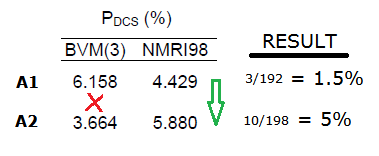Actually, I used to dive a bit with the guys that were implementing VPM style algorithms on a regular basis between 1996 and 2000. The incidence of DCS was pretty high, but we usually just sucked it up and chewed advil (a guy named George used to pop advil starting at 70' like it was going out of style) because of ego and peer pressure.
VPM was not available to the public until August 2001. And then by March 2002 was a hybrid v2. Then in January 2003, VPM-B was the standard.
What ever experimental things were being done earlier, by individuals with self made and unpublished implementations - we don't know.
I don't know anything much about GI's logbook, but I'm sure they are were all big, dangerous and very fast dives ..
Last edited:







